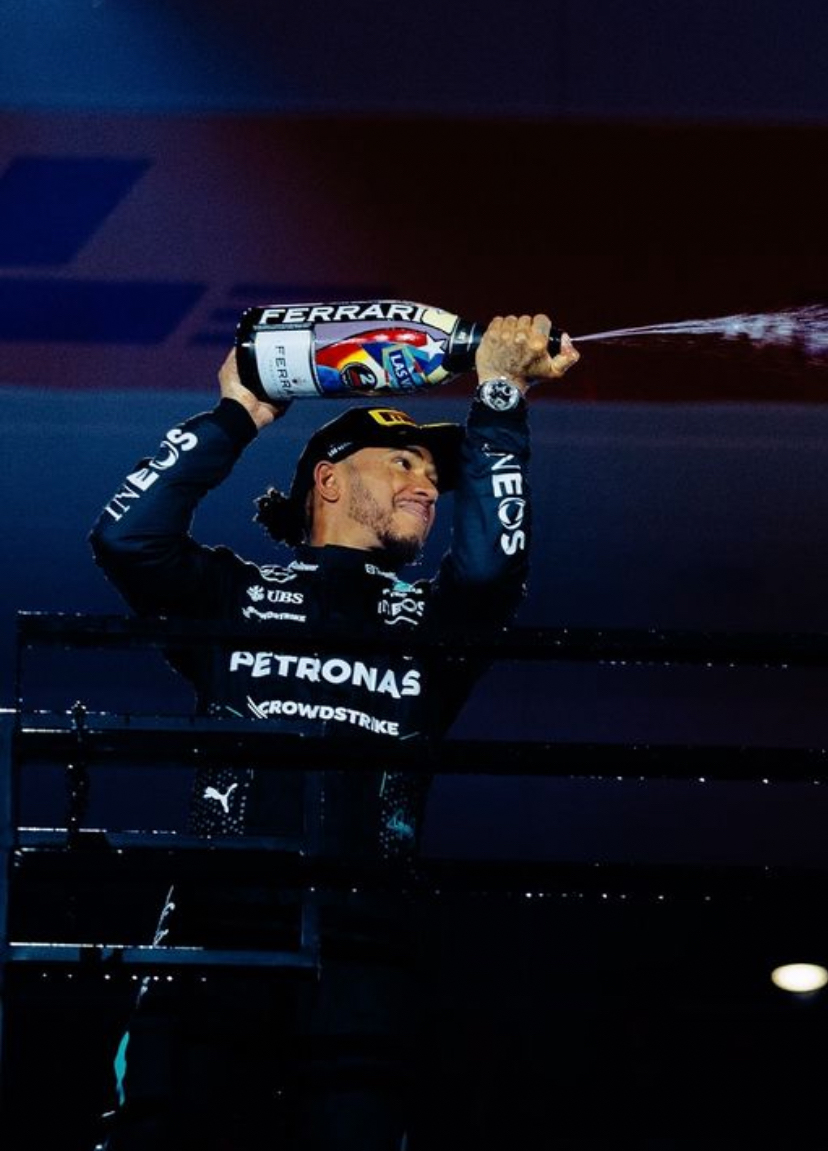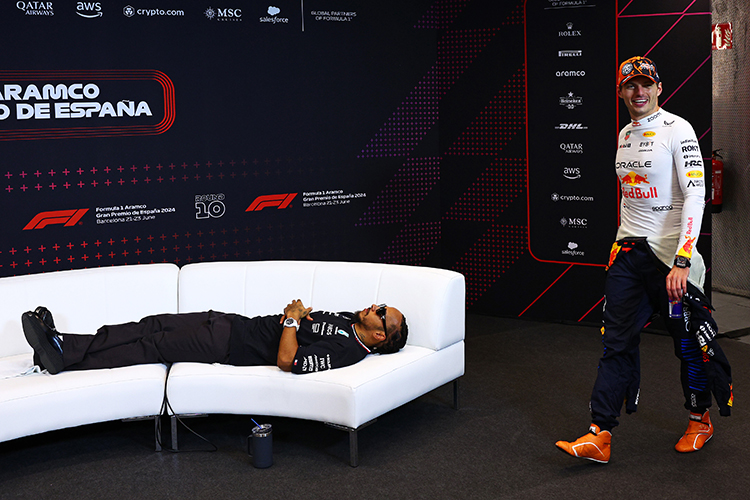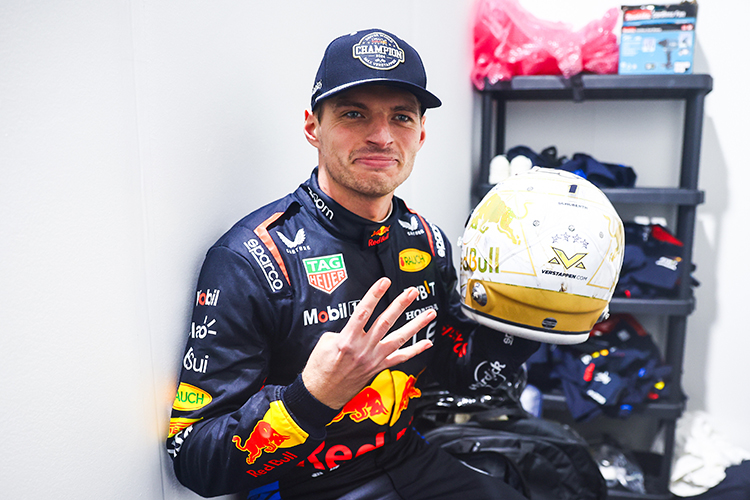How much water do F1 drivers get??

Formula 1 World Champions: A legacy of racing legends
How much water do F1 drivers get?
How Much Water Do Formula 1 Drivers Get?
Learn how Formula 1 drivers stay hydrated during races, with insights into their hydration systems, strategies, and the importance of hydration in extreme conditions.
Formula 1 drivers face extreme physical conditions during races, with cockpit temperatures often exceeding 50 degrees Celsius (122 degrees Fahrenheit). These challenging environments demand advanced hydration strategies to ensure drivers maintain peak performance and safety throughout a race.
Hydration strategy in Formula 1
To counter dehydration, F1 drivers rely on sophisticated onboard hydration systems. Typically, these systems provide around 1.5 liters of fluid, stored in a bag located behind the seat or within the car's nose. This isn’t just plain water but often a nutrient-rich mixture containing vitamins and minerals to optimize hydration and recovery.
The fluid bag connects to a drinking tube that runs through the driver’s helmet. Drivers can access the fluid by activating a pump using a button on their steering wheel, allowing them to sip small amounts throughout the race without losing focus on their driving.
Consumption patterns
While drivers have access to up to 1.5 liters of fluid, they typically don’t consume the entire amount during a race. Most drivers hydrate extensively before the event to reduce their reliance on the onboard system. Long straights or safety car periods provide opportunities to take brief sips without disrupting their performance.
The importance of hydration
Hydration is critical for maintaining cognitive function and physical endurance, both of which are essential in the high-pressure environment of an F1 cockpit. Dehydration can impair reaction times, affect decision-making, and lead to muscle cramping—all factors that can influence the outcome of a race.
Lewis Hamilton, for instance, has openly discussed how dehydration has impacted his performance in the past. As a result, teams invest heavily in refining hydration systems to minimize such risks.
Technological innovations
Advances in hydration technology have improved the systems used by Formula 1 drivers. Newer fluid bags feature enhanced insulation to maintain optimal temperatures, while upgraded pump mechanisms ensure efficient delivery of fluids, even under intense racing conditions.
Conclusion: Staying hydrated in Formula 1
Hydration is a crucial component of Formula 1 racing, with drivers relying on sophisticated systems to stay hydrated in the grueling conditions of a Grand Prix. The 1.5 liters of fluid provided, often enriched with essential nutrients, helps maintain physical and mental performance, ensuring drivers can handle the intense demands of the sport. As technology continues to evolve, hydration systems are becoming even more efficient, supporting drivers in their quest for victory.
Up Next


